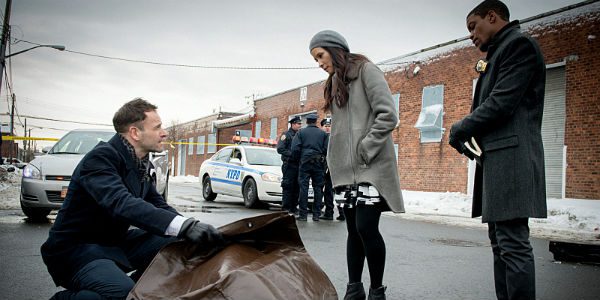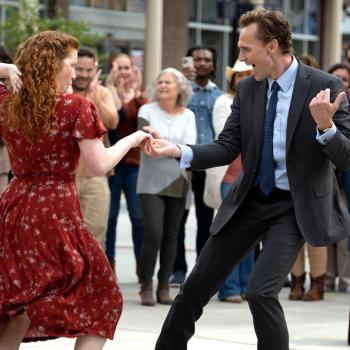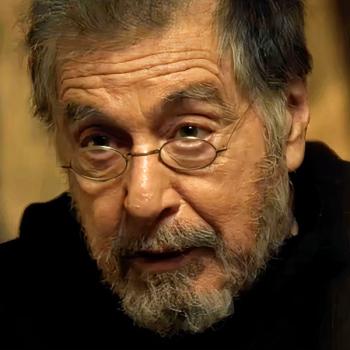
The debate over how TV does or doesn’t reflect reality will never end, mostly because there’s no easy answer. Sometimes TV is ahead of society — especially when show creators have an agenda to push — sometimes, it’s way behind, and sometimes it appears to exist in alternate universe.
This is especially noticeable in crime dramas, which, depending on the genre, can be gritty and torn from the headlines, or escapist fantasy. All crime dramas have one thing in common — people die. How they die, why they die, who kills them and whether or not we’re supposed to care if they died, varies from show to show, but there’s a staggering amount of corpses littering primetime.
In a story called “Lessons learned watching 78 TV crime shows: White guys drop like flies,” Zap2it‘s Rick Porter has done a deep dive into TV murder — watching 78 hours’ worth of 16 different procedural series that aired in October and November, 2014, ranging from gritty to stylized, from forensic to fantasy.
And what did he find?
These shows, in fact, are among the few places where it’s a disadvantage to be a white man in his 30s or 40s.
In Zap2it’s sample, men were about twice as likely as women to be victims, with 172 men and 89 women* portrayed as such. White victims significantly outnumbered victims of all other races combined, and the majority of victims, regardless of gender or age, were in their 30s or 40s.
Also, while about half of real murders happen among people who know each other, that might make things too easy for TV investigators — and for writers in search of interesting twists and turns, such as those on CBS’ Sherlock Holmes drama
“Elementary” — so less than 30 percent of TV victims are dispatched at the hands of family members, colleagues and acquaintances. And another third are done in by professional crooks of some sort.
Also, says Porter:
As was the case with victims, white men made up most of the perps by a wide, wide margin. Fully 80 percent of the people who committed a crime in the episodes we watched were white guys.
It’s fascinating stuff, since Porter also talked to producers of these shows — including the legendary
Steven Bochco of “Hill Street Blues” and “NYPD Blue” fame — to learn why they do what they do.
Click
here to read the whole thing.
While writers and producers want a taste of verisimilitude in crime drama, very few, if any, of them — even consciously realistic shows like
“Hill Street Blues,” “NYPD Blue” and
“The Wire” — will consistently reflect the reality on America’s streets. The truth is, if they did, it’s unlikely they’d get much of an audience.
At some point, we also have to disconnect emotionally to enjoy a lot of these shows. If you spend just one hour watching a crime or action drama — especially ones with a high body count, like Fox’s
“Gotham” and
“24” — and you think of each of those victims (and each of the killers) as a newborn infant, as a smiling toddler or an awkward preteen, or even just remember that they were made in the image and likeness of God, it can become almost unbearable.
Maybe the fast growth of superhero dramas, in which costumed crimefighters take on cartoonish crooks in highly stylized urban landscapes, is a reaction to decades of increasingly grim cop shows … and, perhaps even more so, the chaos and moral decay in the the world around us.
There’s only so much reality that humans can take.
Image: “Elementary,” courtesy CBS














